Bob Bob Cité is a restaurant dangling like testicles from the underside of the Leadenhall Building in the City of London. It is shaped like a series of yellow train carriages, for a voyage no one will ever make; the building above it manages, in the way of the age, to be both absurd and frightening. People call the Leadenhall Building the cheese–grater, but it does not make me think of kitchens. Kitchens are human and intimate; from the atrium, which is guarded by security men, this building looks like the innards of something vast and inhuman.
This is the sequel to Bob Bob Ricard, a Soho restaurant for rich men with anxiety disorders, hollow legs, and nervous thumbs. The schtick is this — you press a button at your booth, and champagne appears — House champagne, two glasses. Perhaps there is another button for pliant women — House women, two whole female bodies for Patrick Bateman to consume?
Bob Bob Cité, though, is larger, more expensive — it cost £25 million to fit, and you can see the money dripping down the walls — and more ambitious. You rise to a dark hallway, which does not look like a place for happy souls and does not seek to. This, rather, is where the money lives.
It is a series of sequential public and private dining rooms — some blue, some red, some gold as in The Masque of the Red Death meets Star Wars Episode 183.6 — doused in light from a golden ticker tape running around the yellow train carriage which makes you feel, initially, as if you are inside a computer. I thought the ticker tape held news of the stock market, or paralysis in government, or war, but it is actually the menu, which is defiantly French. The Leadenhall Building says: LOBSTER MACARONIS AUX QUATRE FROMAGE. That is its message to the future. Or: DORADE GRILLÉE ANTIBOIS. Both are equally irrelevant, and large.
It is quiet on Monday night and thrilling, because, if this is a restaurant for Batman villains and monied serial killers, they have yet to dress and arrive. This gives Bob Bob Cité — the name has something to do with the percentages of which investor gave what to the decorating fund, and Leonid Shutov, ‘the man behind the button’, won — the air of an abandoned crime scene in the Art Deco style. Money lies on this restaurant like fingers. There are champagne cradles of extraordinary beauty and worth; numbers on the walls which light up when you press the button, as if the patrons feel unsafe without their consolation; bright circular artworks, for rich and thoughtless children; marble floors; leather banquettes; Armagnac for £888 a glass. There are glassy rooms filled with vast bottles of champagne — champagne for giants — and waiters with beards that are, by themselves, minor works of art. It’s a drug dream, of course, made of amphetamines but so sterile; Stringfellows for the sex-robot age.
Even so, I love its pools of light and its glossy strangeness. It is certainly coherent. I haven’t been anywhere this weird since Sexy Fish. The music sounds like the wailing of sex workers.
The food does not need to be good — this is for men who have eaten every-thing already, and laid waste to their palates — but it is. It is served on plates that name the restaurant, for emphasis and remembrance: charred and very salty ribeye steaks; creamy mashed potato (one comes with truffles, smelling faintly of posh sock); baby carrots, tiny as fish; Art Deco Eton Mess, a smashed face; Île flottante, a floating pudding that looks like a fish cake in vanilla anglais.
Evil, then: lovely, perfectly executed, and as desirable as ever.
Got something to add? Join the discussion and comment below.
Get 10 issues for just $10
Subscribe to The Spectator Australia today for the next 10 magazine issues, plus full online access, for just $10.
You might disagree with half of it, but you’ll enjoy reading all of it. Try your first month for free, then just $2 a week for the remainder of your first year.


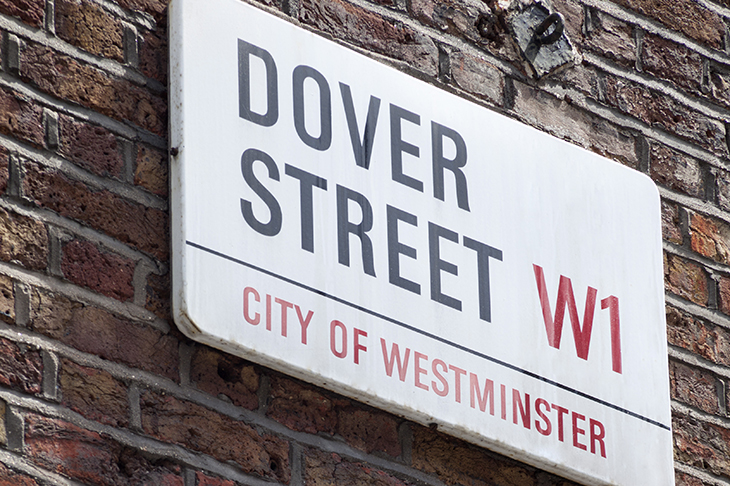
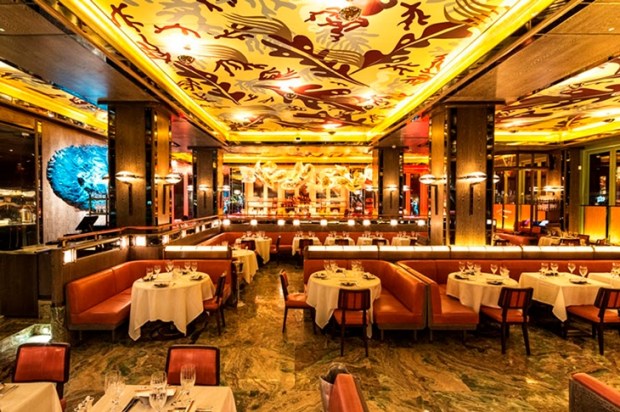
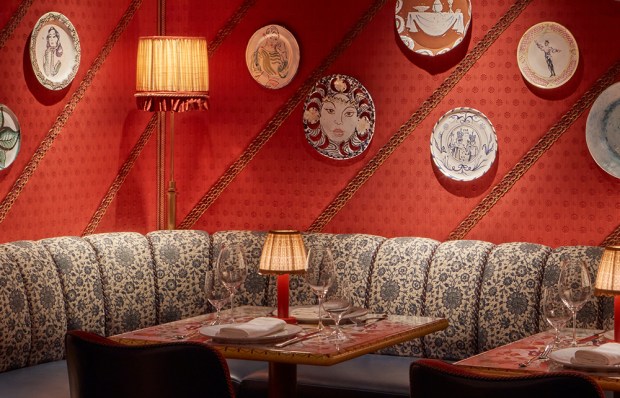
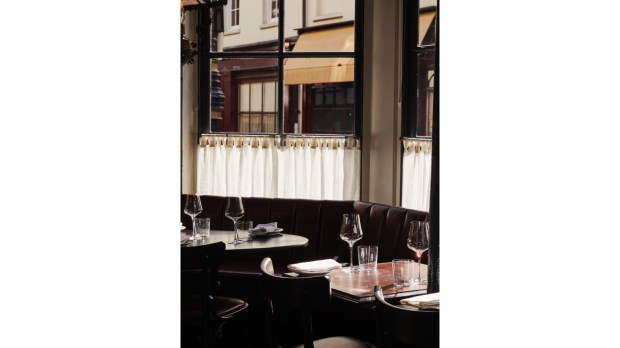

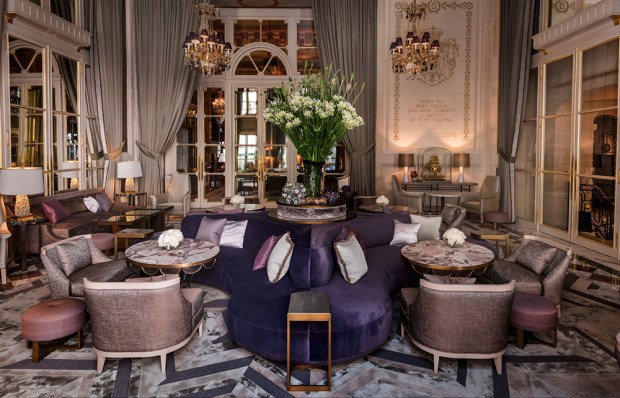
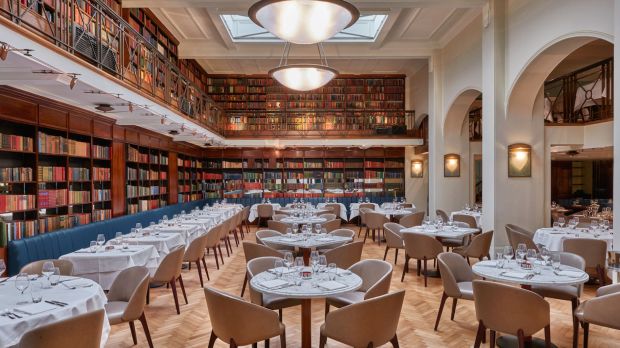






Comments
Don't miss out
Join the conversation with other Spectator Australia readers. Subscribe to leave a comment.
SUBSCRIBEAlready a subscriber? Log in